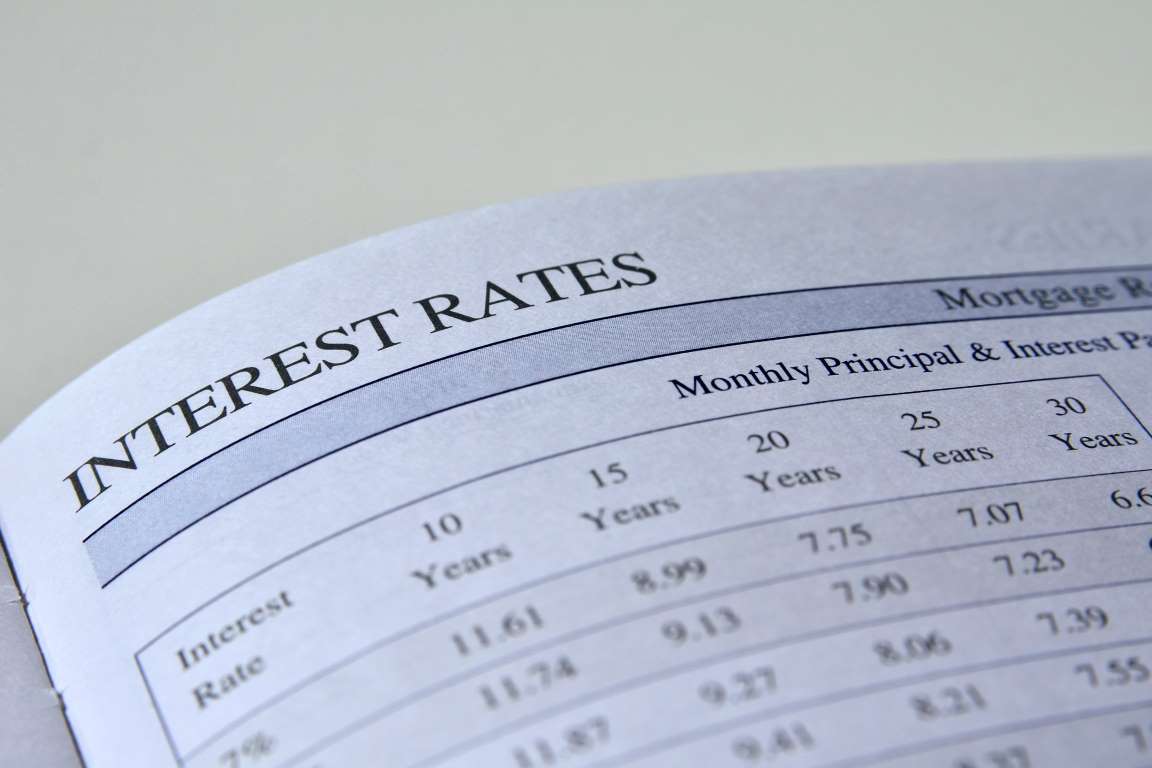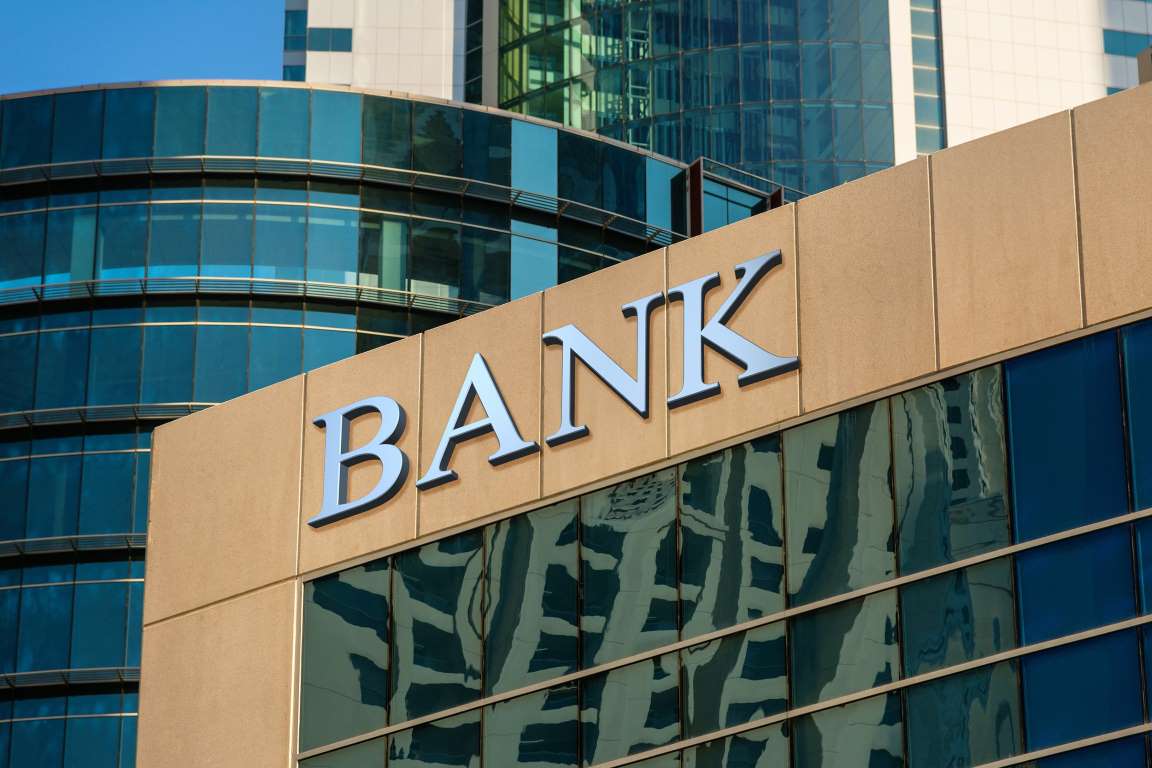
BIG BANKS HAVE LITTLE INCENTIVE TO PROVIDE LOW-INTEREST LOANS
Big banks are for-profit institutions that have little reason to offer customers low-interest loans or high-interest savings accounts. In contract, a credit union is owned by its members and is therefore able to offer great rates on loans and savings accounts. Every credit union account is still insured up to $250,000 by the U.S. government, though — the same amount as banks.

BIG BANKS CHARGE UNNECESSARY MONTHLY FEES
Many big banks now charge monthly fees simply for maintaining a checking account that contains less than a certain amount of money. At Bank of America, it’s now $12 — or $144 annually just to hold your money and perform basic services. If you don’t meet the requirements needed to dodge these fees, consider opening an account with a credit union or community bank that doesn’t hit customers with monthly “service” charges.

BIG BANK ATM AND BRANCH LOCATIONS CAN BE SPARSE
Big banks might seem like the obvious winner when it comes to convenience: They have more bricks-and-mortar locations in more cities than small banks and credit unions. But it can vary significantly from city to city, while credit unions solve the problem through shared branching, allowing members of one credit union to access financial services at other credit unions, such as in the CO-OP Financial Services network. Some small banks reimburse customers for using out-of-network ATMs.

